
So you're teaching English Language Arts in 7th or 8th grades and you need some literature recommendations? Preferably with Common Core standards attached? And minimal work for lesson planning?
Here are my suggestions, resources and lesson plans, taught and tested in middle school classrooms, faith-based and not, private and public.
Of course, I taught a LOT of historical fiction novels as well, because I believed ELA and Social Studies teachers should coordinate and reinforce each other's content standards.
* If you're looking for non-fiction books, in particular, don't forget to check out the materials and lesson plans offered in my post Back-to-School Planning 1: Teaching Social Studies with Books.
* Also be sure to check out the next post, Back-to-School Planning 3: Independent Reading Assignments by Quarter. These assignments by quarter can be used in either English or SS classrooms.
* And of course, who can resist Star Wars and the Bard? It's an awesome, fun way to introduce your 8th grade students to iambic pentameter, too. Check out my final post, Back-to-School Planning 4: Fun with Star Wars!
If you have any books you'd like to recommend I add, please let me know in the comments.
Novel Units
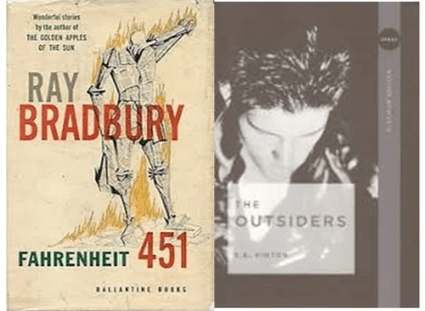
Fahrenheit 451: Excellent Free LP and Teaching Materials! This post includes a free set of comprehension questions from Carolina K-12 and a Literary Taxidermy Anticipatory Set for the book.
Perennial Favorite: The Outsiders. This post includes downloadable materials, including an anticipatory set with example of student work, a before reading prediction prompt, vocabulary and dictionary of terms, character list, connotation vs denotation, a point-of-view writing prompt, themes and identifying figurative language in Frost's, Nothing Gold Can Stay.

Mulrox and the Malcognitos, by Kerelyn Smith. The book's main character battles an idea come to life (the ultimate metaphor) and the author offers excellent teaching resources on her author webpage, linked in the post.
Short Stories

Strong, Diverse Heroines in Short Stories. This post includes comprehension questions and one background building activity for seven (7) short stories in the anthology edited by Jessica Spotswood, A Tyranny of Petticoats, as an antidote to the traditionally all-male, all-white authors (such as Ray Bradbury) typically taught in 8th grade.
Creepy Short Stories on Page and Film. This post includes a lesson plan for comparing creepy short stories to their film adaptations, links to films, Audible audio files and a play adaptation of the following short stories: The Sound Machine, by Roald Dahl, The Tell-Tale Heart, by Edgar Allen Poe, and The Lottery, by Shirley Jackson. Students read an article in the Wall Street Journal showing how filmmakers elicit emotional responses in viewers, take notes on a Power Point presentation of filming techniques, then listen / watch and compare the two mediums of presentation.
Short Story Questions. This post recommends you stock your bookshelves with the Guys Read short story collections of 6+ books. While older, they're high interest stories -- sports, true events, horror / thriller, funny and science-fiction -- and they're available used and for less than retail price, making them affordable. In addition, the publisher offers free comprehension questions (2-3) for each short story. This post includes the link to those.

Black Boy Joy, ed. Kwame Mbalia. The short stories in this compilation are aimed at the upper-elementary crowd, 3-5th grades, and feature all sorts of fantastical premises, for readers of all genres. They're introduced by a narrator with his own story arc, which gives each subsequent tale a place in the overall structure of the compilation, which is useful for teaching the idea of narrative "voice" in lower grades.

Look both ways, by Jason Reynolds. This review includes links and downloadable pdf files of several free teaching resources for the short stories in this volume.

Indian Shoes, by Cynthia Leitich Smith. This is a volume of short stories featuring the same Native characters, a Cherokee-Seminole boy, Ray Halfmoon, and his Grandpa Halfmoon. The volume is a bit older but has newer teaching resources, linked in the post. It's aimed at a lower elementary reading level.

Creepy School Short Stories. Out to get you: 13 Tales of Weirdness and Woe, by Josh Allen. Review coming in October 2022! These twisted, creepy tales, between 8 to 18 pages, are all set in school and will raise the hairs on your students' arms for fun, short story reading and comprehension.
Readers Theater Units
My English and Social Studies classes read and wrote a LOT of readers theater scripts, including the iambic pentameter Verily, A New Hope offered in my post, Fun with Star Wars! in the next unit, Poetry. I used readers theater with non-fiction units about the Cold War and Civil Rights, as well, so if you're looking for more, I suggest you check out my posting, Teaching Social Studies with Books, as well. I found readers theater an excellent way to engage even my most reluctant readers.

Non-fiction Sci-Fi. Spooked! How a Radio Broadcast and The War of the Worlds Sparked the 1938 Invasion of America, by Gail Jarrow. This unit offers a review of Jarrow's book and recommends using its excellent exploration of Welles' radio adaptation of H.G. Wells' book. It offers several free teaching resources for the radio play, including a script, an article with questions and daily reading slides with anticipatory sets and exit slips. This is an excellent confluence of historical facts and fictional play, perfect for hitting RI as well as RL ELA Common Core standards in 7th/8th grades.
Poetry
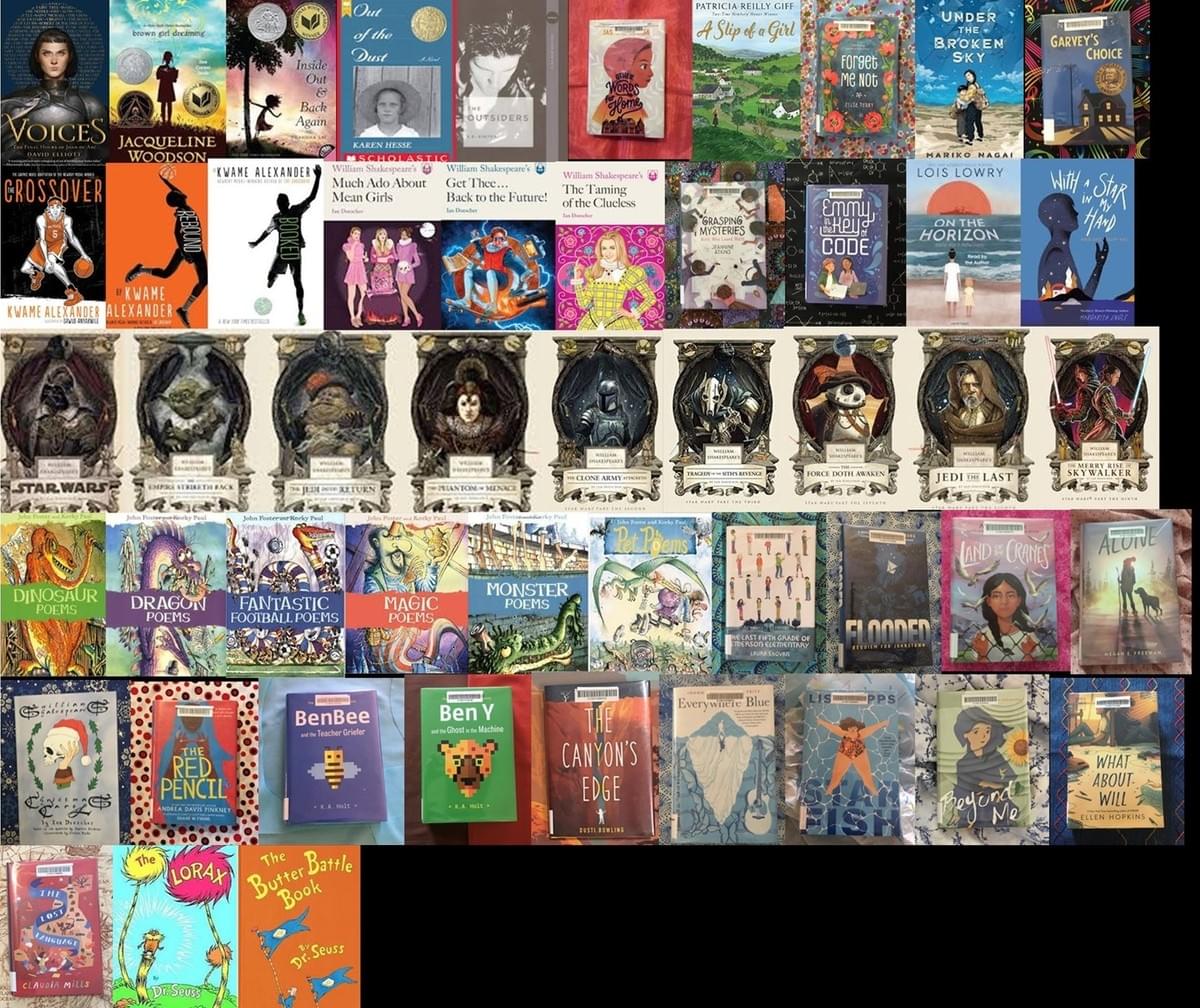
April is National Poetry Month! Additional books written in verse are recommended, including those featured in the compilation graphic above, in this round-up with links to resources for 30+ books written in verse, or high-interest poetry compilations, by authors such as Kwame Alexander, Patricia Reilly Giff, Thanhha Lai , Karen Hesse, Mariko Nagai, Ellie Terry, Aimee Lucido, Lois Lowry, Nikki Grimes, Jasmine Warga and more! Links to resources for teaching The Outsiders and Robert Frost's poem, Nothing Gold Can Stay (included in the book) are also included.
Teaching Poetry with High Interest Poems. This post suggests teaching wtih the poems collected by John Foster and illustrated by Korky Paul, using the uploadable Poetry Analysis Bellwork Slips and three pamphlets on figurative language, types of poetry and rhyme schemes.
Poetic History: Voices: The Final Hours of Joan of Arc, by David Elliott. This book includes examples of the following poetry forms: ballade, rondeau, rondel, rondelet, sestina, triolet and villanelle.
Brown Girl Dreaming. This post examines the autobiography of Jacqueline Woodson's childhood, growing up in the Deep South of the 60s and experiencing Jim Crow laws and prejudices. She also has a learning disability, which goes undiagnosed for many years, but still finds encouragement to develop her writing. There is a free, publisher-provided educator's guide, and the book addresses your non-fiction Common Core standards, as well as poetry standards in 7th grade. The content also addresses Social Studies Civil Rights standards.

Iambic Pentameter and Ian Doescher. Want a fun way to Introduce iambic pentameter to your students? Look no further than the books by modern iambic pentameter bard, Ian Doescher. Included in this post are additional links to a TedX talk examining the links between iambic pentameter and hip-hop and lessons that utilize Doescher's books as whole-class Reader's Theater opportunities, while watching the corresponding movies.
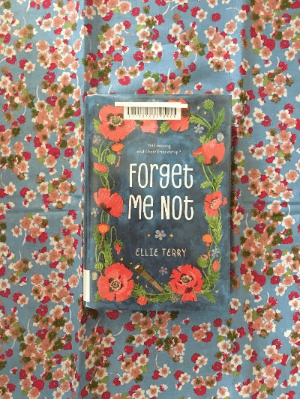
Forget me not, by Ellie Terry. This story about a 12yo girl's struggle to accept her Tourette's syndrome, with help from a friend, is told in dual POVs, one in free verse, the other in prose, and would make for great compare/contrast ELA writing prompts. It includes a link to the 8-question discussion guide provided by the publishers.
Identifying POV: Literary (1st, 2nd, 3rd, etc.) & Perspective
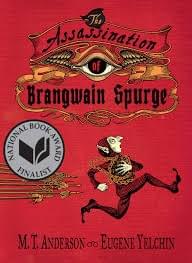
Challenging Cultural Preconceptions through Literature: The Assassination of Brangwain Spurge, by M.T. Anderson. This is a fantasy book presenting two POVs (or perspectives) -- one from an elf, the other a goblin. One character is blinded by his cultural preconceptions about the other, and it nearly leads to an entire species' annihilation. This book could be an interesting way to approach teaching POV (perspective, not 1st, 2nd or 3rd person, etc.) standards in 7th grade ELA. The publisher offers a discussion guide, the illustrator offers fantastic renderings of the illustrations, and there's a stunning book trailer on YouTube.

The Wizenard Series and Kobe Bryant's Autobiography. This posts suggests using The Wizenard, by Wesley King, series of five books, each written from a different 12yo boy's POV about the same event -- basketball tryouts / training camp -- to teach perspective in POV. It has a fantastic 7-page FREE teaching guide, as well. It can be paired with the non-fiction Kobe Bryant autobiography, Mamba Mentality. Use Bryant's short film / poem, Dear Basketball, as an anticipatory set.
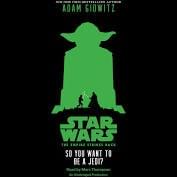
May the 4th Be With You: Use Star Wars Choose Your Own Destiny Books to Identify 2nd Person POV. This post suggests a simple review lesson of pulling books off your in-class or at-home (during social isolation for COVID-19) shelves and reading the opening lines to determine the literary point of view, or POV, of each text. It offers a free worksheet for students to record titles and evidence supporting their decisions. It suggests stocking your bookshelf with Choose Your Own Destiny and Choose Your Own Adventure books in advance, Including Adam Gidwitz's So You Want to Be a Jedi?, so students get some practice reading and identifying that rare literary creature, 2nd POV: "You are in a cave and..."
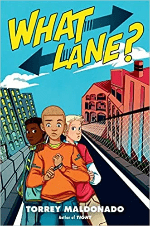
Challenge Your Reading Lane. This post suggests using this short book, What Lane? by Torrey Maldonado, as a jumping off point for exploring different identities and points of view in fictional characters, and features a link to the excellent, FREE, 17-page educator's guide for this book.

POV Roll-the-Dice Review Game. After a review lesson on the three POVs, I used this game to have students write creative examples of each POV. This demonstrated their mastery of identifying and applying the POVs, as students had to be able to write creative examples of their own in the POV they rolled. This post offers a free downloadable POV writing slip for the game.
Creative Writing Resources
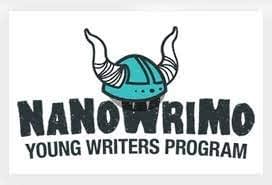
National Novel Writing Month. NaNoWriMo for Educators offers Great Resources! While I taught in a standards-heavy district, with little room for creative writing in the curriculum, if you have time to teach CW, this offers an awesome workbook for grades 6-8, with lessons starting in October and running through December into January -- but you could use them any time of the school year. This is an awesome ELA teaching resource, for FREE!
Bellwork

Horrific Friday Bell-Ringers. This post includes a downloadable set of 35 Bellwork slips, one for each of 35 short stories included in the book, Half-Minute Horrors, by Susan Rich, et. al. Perfect to set the tone for the month of October!
Recommended Reading
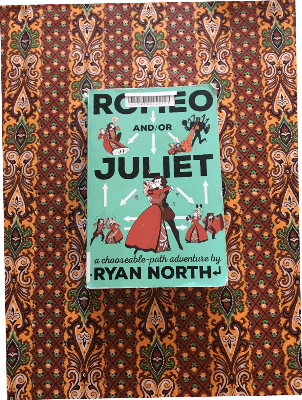
Fun with Shakespeare: Romeo and / or Juliet, A Chooseable-Path Adventure, by Ryan North. Teachers of 8th/9th grades, please, please consider teaching something, anything other than Shakespeare's Romeo and Juliet play. It's fatal to ask a 13-year-old to write about love. Choose something fun to read, instead. If not North's book, then consider Ian Doescher's works in iambic pentameter. Just don't make the kids watch the old movies. They're cringe-worthy. This post also includes a link to an excellent lesson plan that tackles the suicide / mental health aspect of Romeo & Juliet that no teacher we've ever had ever addressed.
